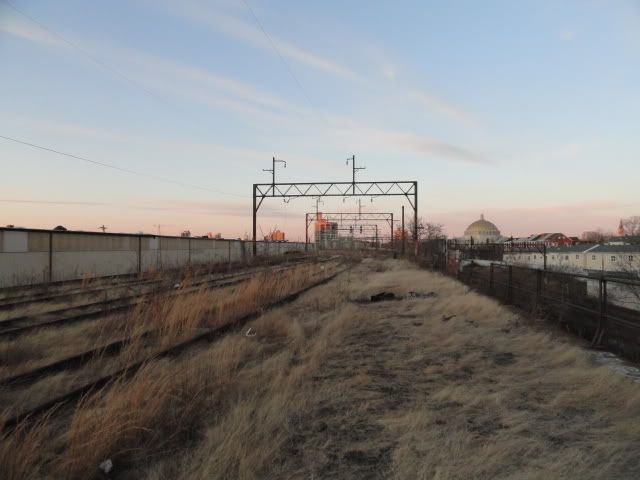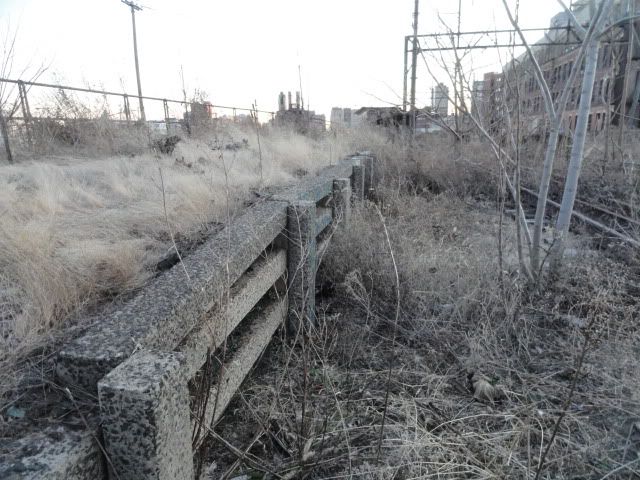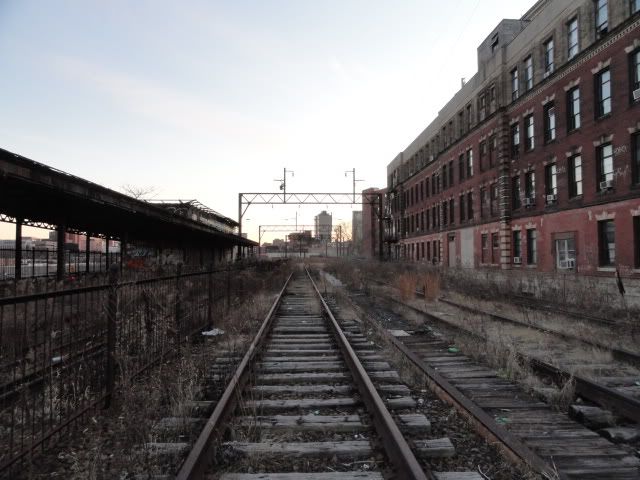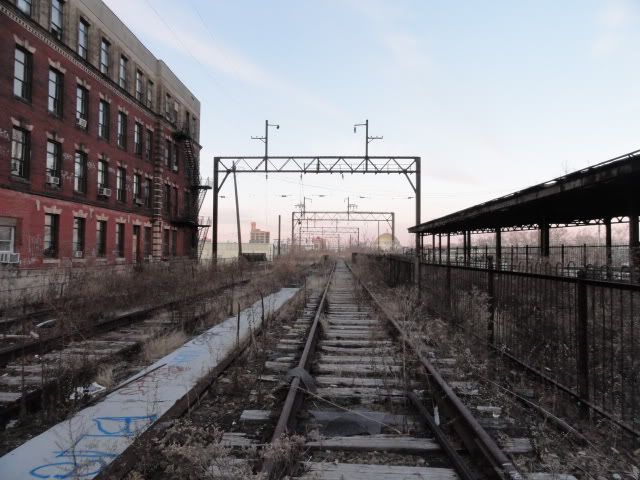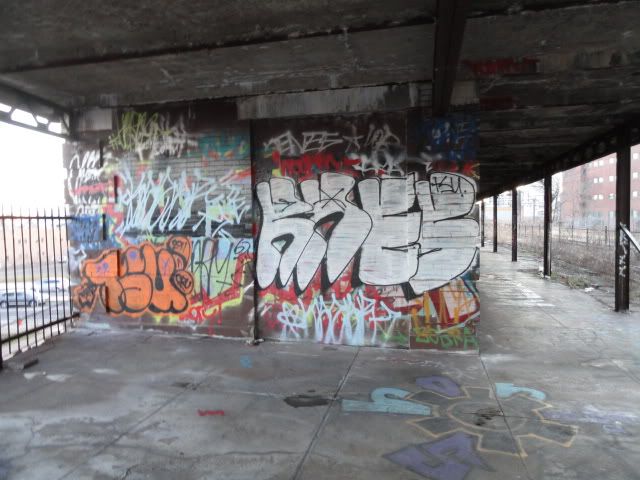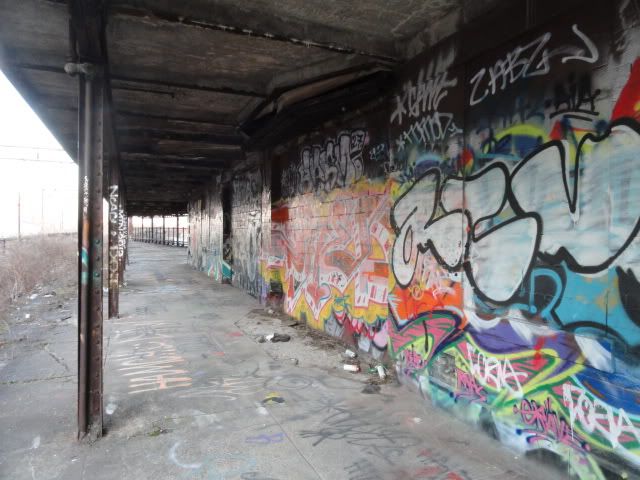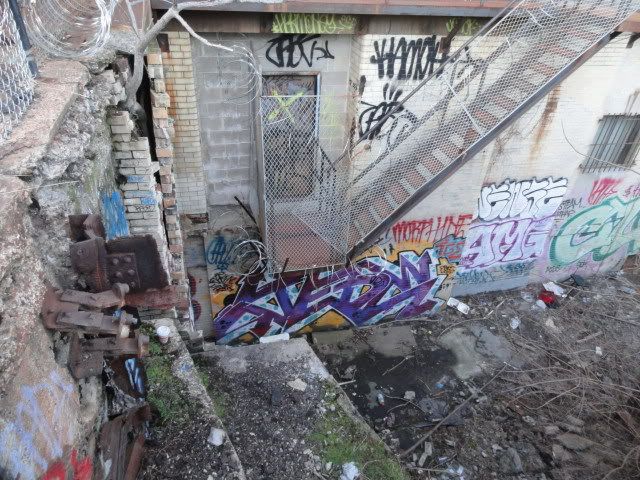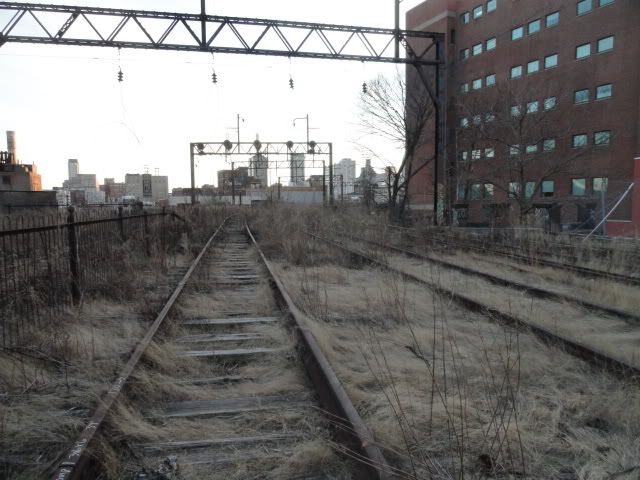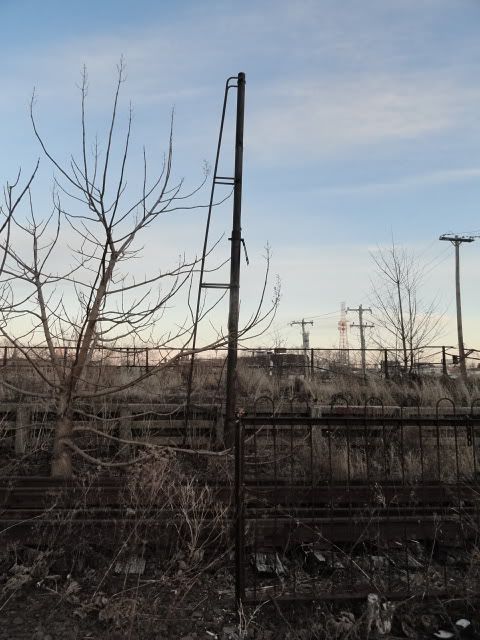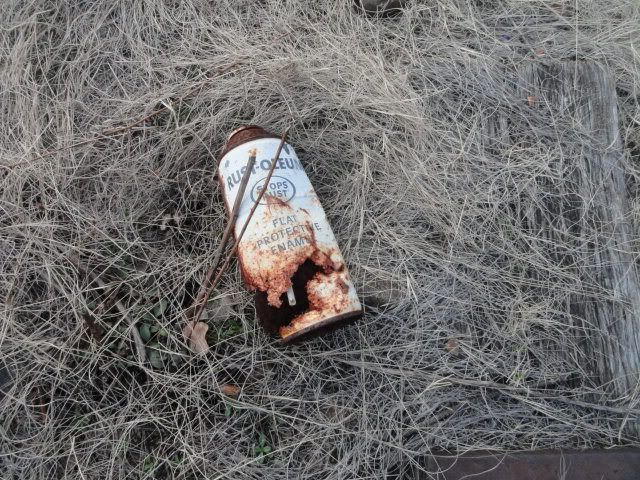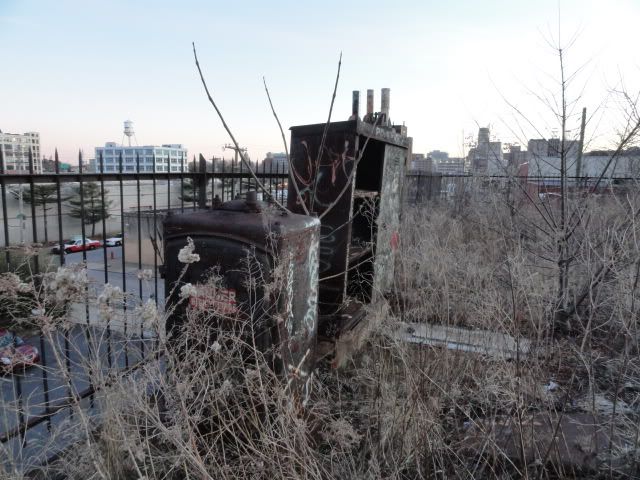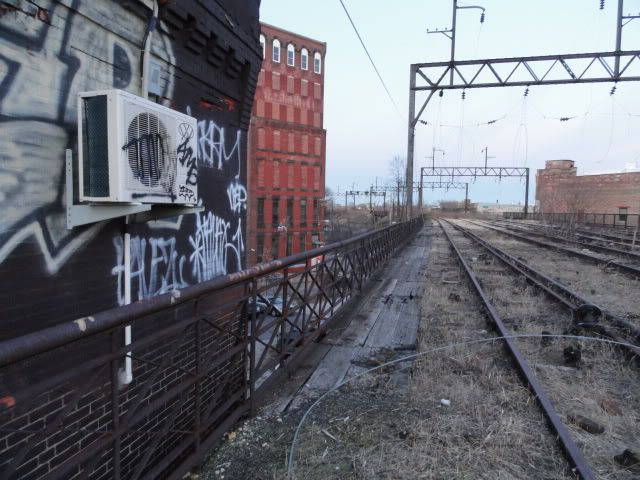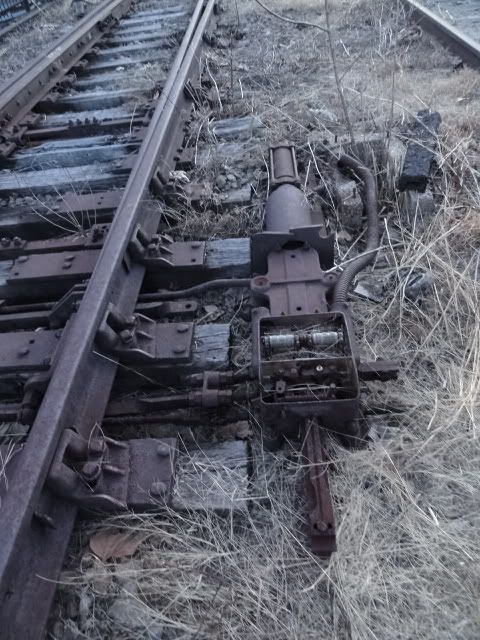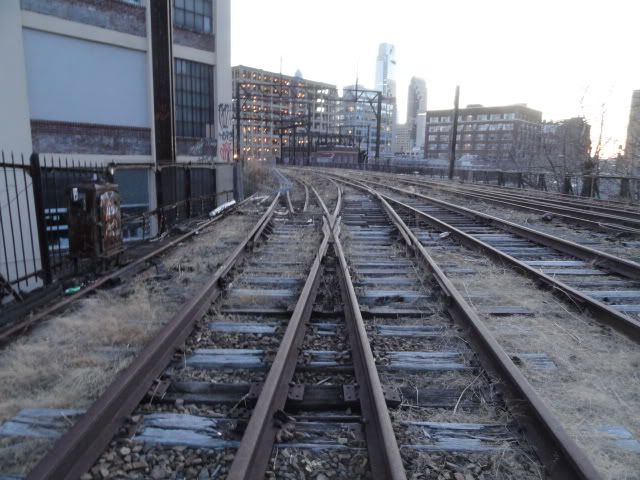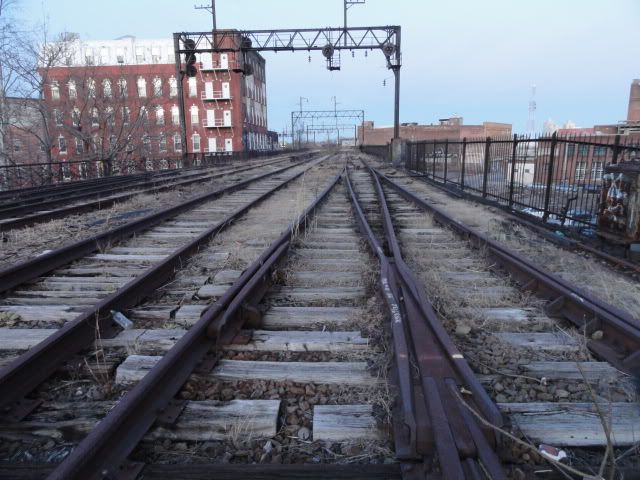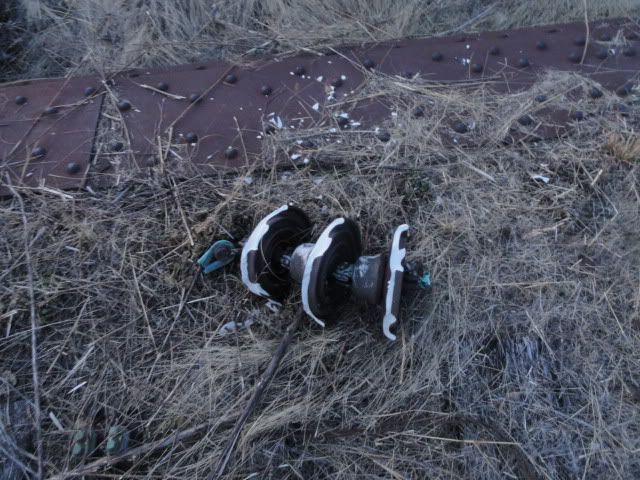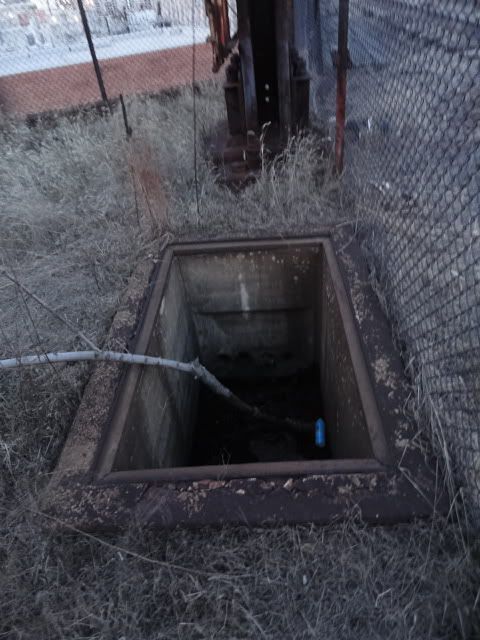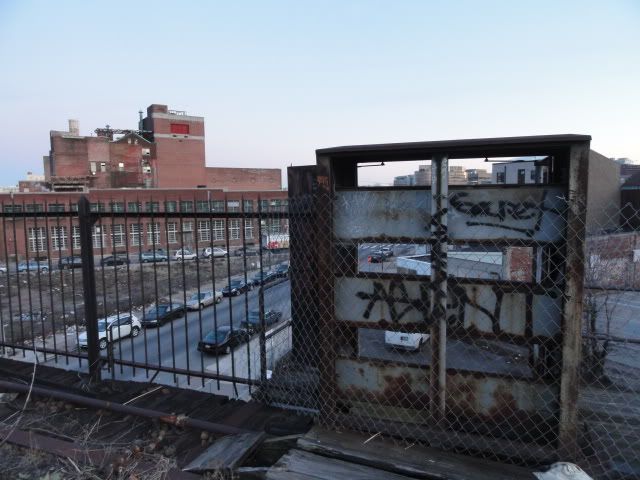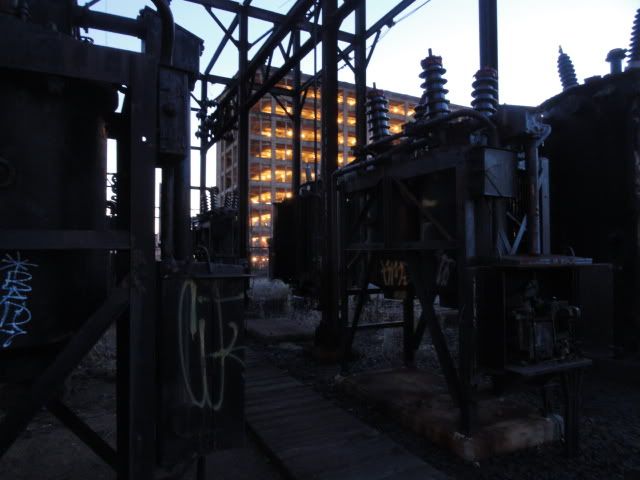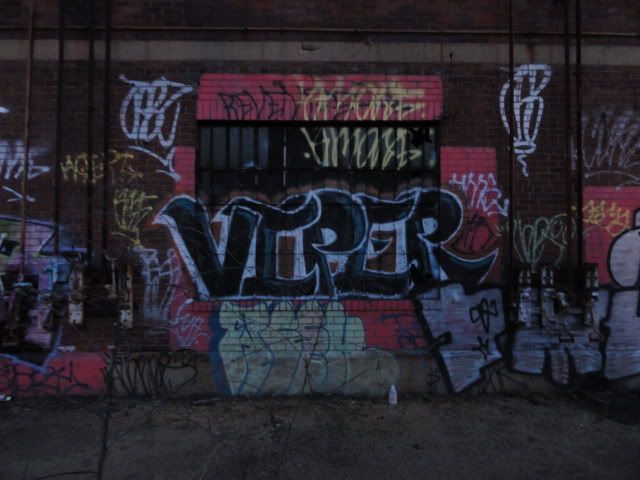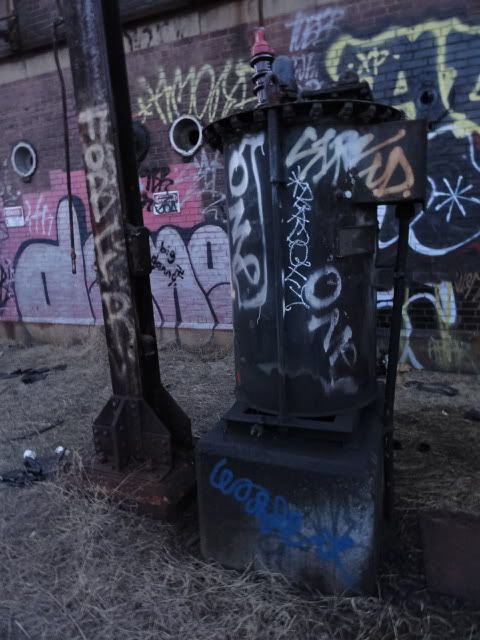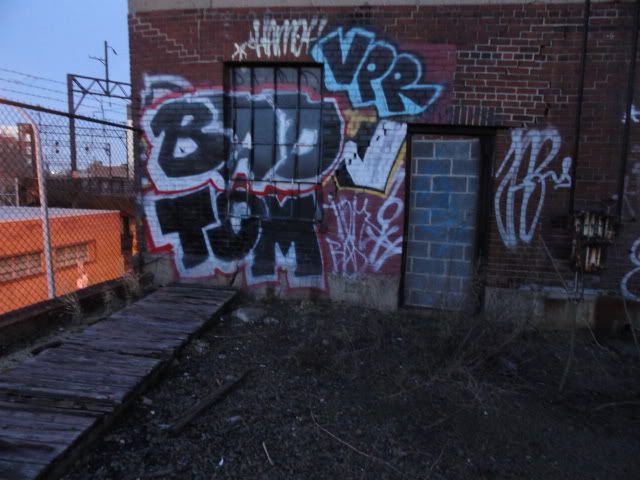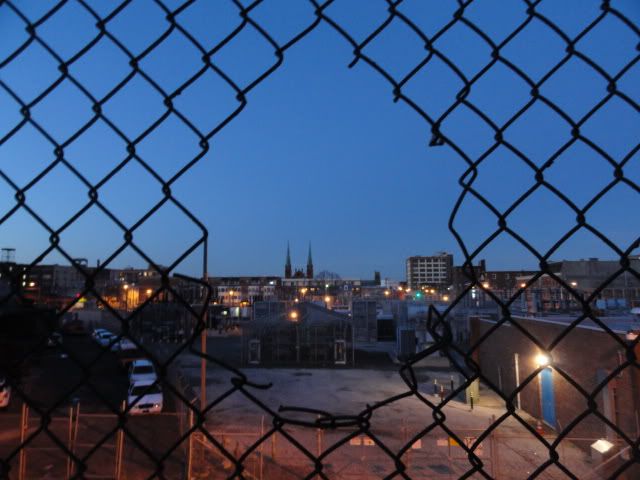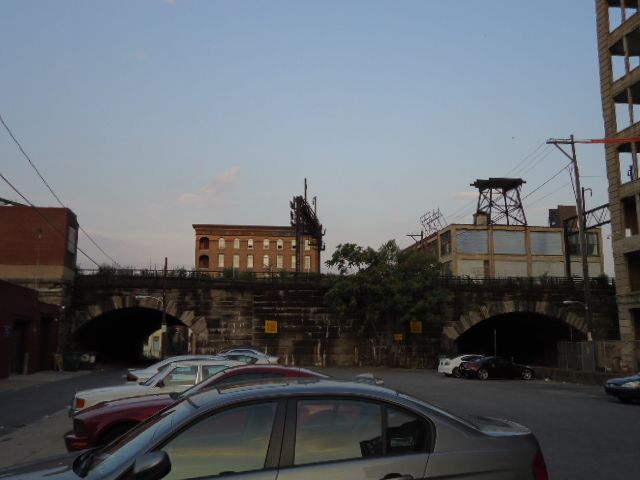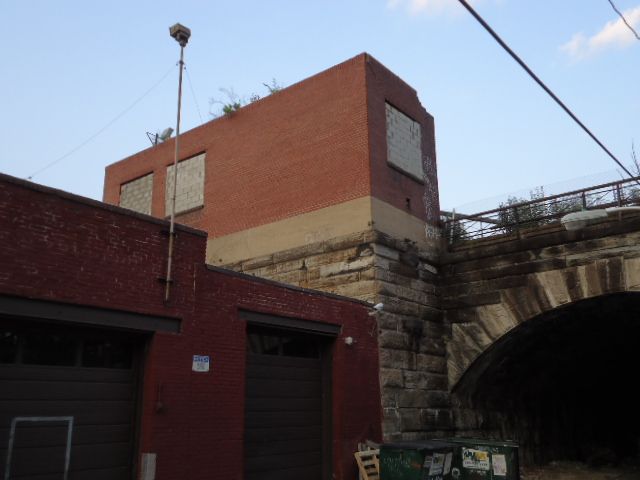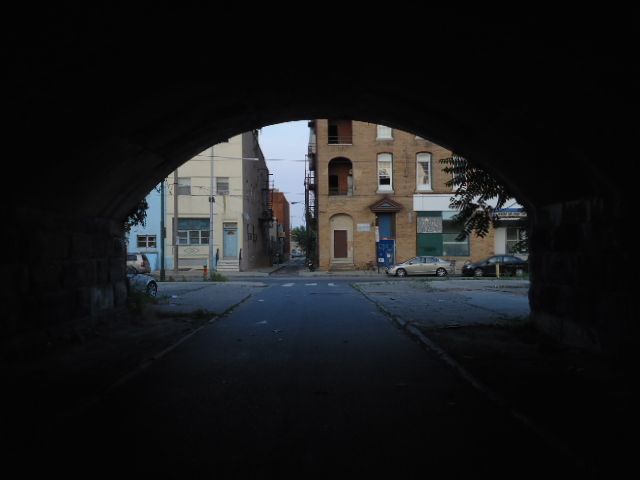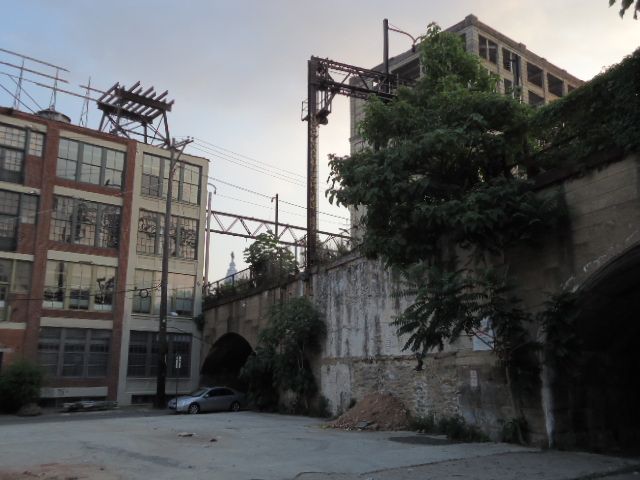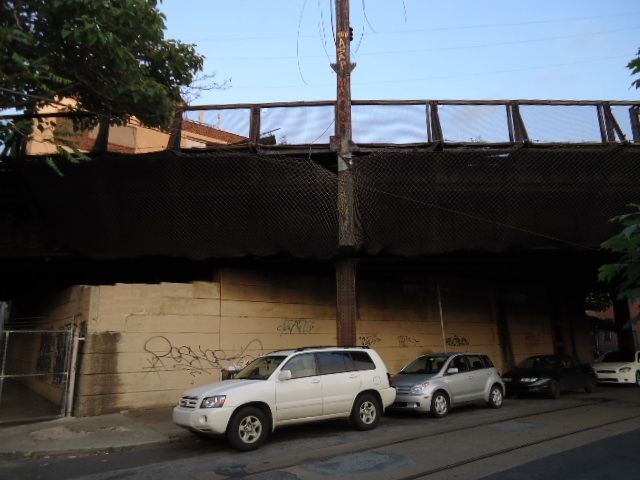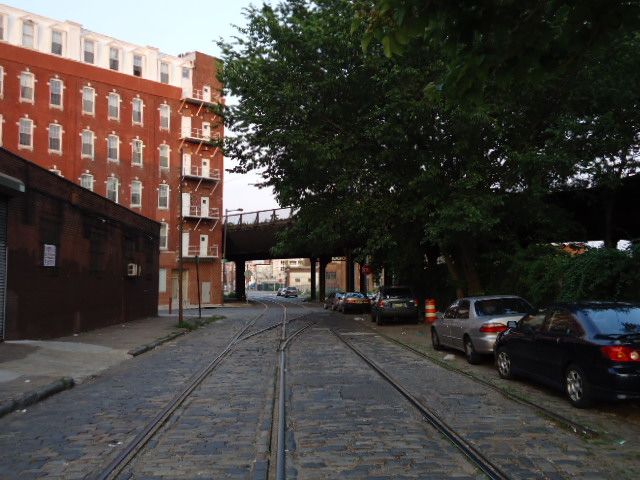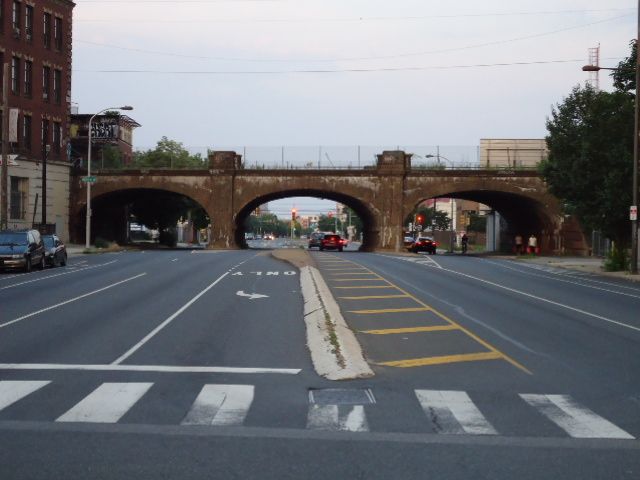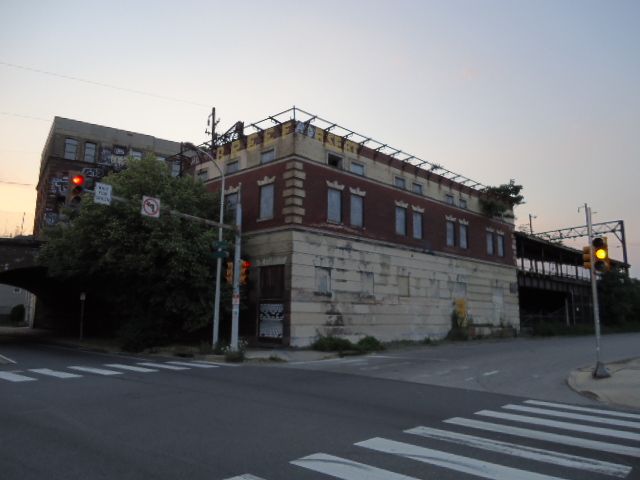Philly Track Strolls Vol. 2: the Reading tracks
13 years 1 month ago #1
by shadowbat
Philly Track Strolls Vol. 2: the Reading tracks was created by shadowbat
Chartered in 1833, the Philadelphia and Reading Railroad was constructed to provide service between the two namesake cities following roughly parallel to the Schuylkill River. Full service to Philadelphia began in 1839 operating out of a depot near Broad and Cherry Streets. This was replaced in 1859 with a new terminal at Broad and Callowhill. As the railroad grew in the late 1880's, expanding to Harrisburg and leasing lines that allowed connections to New York City, the P&R was in need of yet another new terminal.
In the meantime the Reading's arch-rival, the Pennsylvania RR, constructed their palatial new Broad Street Station in 1881, with plans in place to more that double it's size. Finally in 1893, the Reading passenger terminal was completed at 12th and Market streets serving commuters and long distance travelers with a farmers market on the ground floor (a condition of sale as the site was previously a market for decades) and a train shed that was-for a brief time-the largest in the world.
Long distance passenger rail declined after WWII in the wake of improved road and air travel and pretty soon all that was left at 12th and Market were commuter trains serving Philadelphia's suburbs. By 1984, the commuter services of both the Reading and the PRR were being operated by SEPTA's Regional Rail division. In November of that year, a major milestone was reached when, after decades of planning and construction, ex Reading trains were diverted into the new Center City Commuter tunnel that joins in with the former PRR's Suburban station (itself built to replace broad Street Station). Now instead of two terminals, trains can now run through from the ex-PRR side to the ex-Reading side and vice versa seamlessly.
The historic terminal was eventually remodeled into part of Pennsylvania Convention Center, with the train shed housing meeting rooms and the "head house" (former P&R headquarters) converted into hotel rooms.
That leaves the section of former track stretching south from Fairmount Ave where the line shifts over to the new tunnel approach, to Vine street....
These were taken in January 2012. The tracks have since been ripped up for scrapping.
Looking north near Fairmount, the Ukrainian Cathedral Church dome can be seen on the right....
Heading south, the former Spring Garden street station is in view. Lofts now occupy the five story building on the inbound side....
The inbound platform itself was demolished, outbound platform and station house standing derelict....
Parts of the former basement in the inbound side are now exposed....
In the meantime the Reading's arch-rival, the Pennsylvania RR, constructed their palatial new Broad Street Station in 1881, with plans in place to more that double it's size. Finally in 1893, the Reading passenger terminal was completed at 12th and Market streets serving commuters and long distance travelers with a farmers market on the ground floor (a condition of sale as the site was previously a market for decades) and a train shed that was-for a brief time-the largest in the world.
Long distance passenger rail declined after WWII in the wake of improved road and air travel and pretty soon all that was left at 12th and Market were commuter trains serving Philadelphia's suburbs. By 1984, the commuter services of both the Reading and the PRR were being operated by SEPTA's Regional Rail division. In November of that year, a major milestone was reached when, after decades of planning and construction, ex Reading trains were diverted into the new Center City Commuter tunnel that joins in with the former PRR's Suburban station (itself built to replace broad Street Station). Now instead of two terminals, trains can now run through from the ex-PRR side to the ex-Reading side and vice versa seamlessly.
The historic terminal was eventually remodeled into part of Pennsylvania Convention Center, with the train shed housing meeting rooms and the "head house" (former P&R headquarters) converted into hotel rooms.
That leaves the section of former track stretching south from Fairmount Ave where the line shifts over to the new tunnel approach, to Vine street....
These were taken in January 2012. The tracks have since been ripped up for scrapping.
Looking north near Fairmount, the Ukrainian Cathedral Church dome can be seen on the right....
Heading south, the former Spring Garden street station is in view. Lofts now occupy the five story building on the inbound side....
The inbound platform itself was demolished, outbound platform and station house standing derelict....
Parts of the former basement in the inbound side are now exposed....
Please Log in or Create an account to join the conversation.
13 years 1 month ago #2
by shadowbat
Replied by shadowbat on topic Philly Track Strolls Vol. 2: the Reading tracks
Nature had reclaimed pretty much all of the former track bed, leading to the unique experience of bushwhacking and thornies about 20 feet above city streets. 
Nothing like stepping in the grass worrying about falling through two stories to hard pavement :
^Former explorers' dream the Goldtex, now being renovated into lofts.
Nothing like stepping in the grass worrying about falling through two stories to hard pavement :
^Former explorers' dream the Goldtex, now being renovated into lofts.
Please Log in or Create an account to join the conversation.
13 years 1 month ago #3
by shadowbat
Replied by shadowbat on topic Philly Track Strolls Vol. 2: the Reading tracks
I remember when this substation was tagged up but still humming with working lights. I'm assuming it was replaced by the one built near the line at Fairmount. Needless to say the scrappers moved in real quick....
^The endangered Church of the Assumption....
Serious proposals to convert this stretch into a park a la New York City's High Line have been brought up in recent years....
^The endangered Church of the Assumption....
Serious proposals to convert this stretch into a park a la New York City's High Line have been brought up in recent years....
Please Log in or Create an account to join the conversation.
13 years 1 month ago #4
by shadowbat
Replied by shadowbat on topic Philly Track Strolls Vol. 2: the Reading tracks
Please Log in or Create an account to join the conversation.
